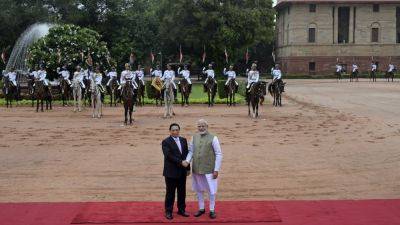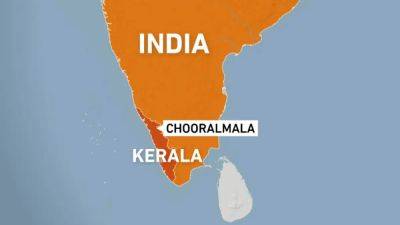As China, India ramp up naval rivalry, is the Indian Ocean at a maritime crossroads?
Dangerous squabbles in remote Himalayan borderlands between China and India may, at least for now, have been soothed by a recent meeting between the two nations’ top diplomats.
But the Indian Ocean looms as the next potential flashpoint, security analysts say, as New Delhi flashes increasingly anxious eyes at Beijing’s ports and ship deployments across a vast expanse of water in India’s backyard – but crucial to China’s supply of oil.
In July, on the sidelines of an Asean (Association of Southeast Asian Nations) meeting in Laos, S. Jaishankar and Wang Yi, the respective foreign ministers of India and China, agreed to thrash out differences that have resulted in mobilisation of troops along their shared Himalayan border.
The diplomats agreed “to work with purpose and urgency to achieve complete disengagement at the earliest”, according to a statement by India’s Ministry of External Affairs.
The meeting – which followed a visit by Indian Prime Minister Narendra Modi to Russia – left hints that their common friend Moscow may have played a role in nudging the two Asian giants towards calming tensions along a border, which flared into war in 1962 and have since seen sometimes deadly skirmishes between rival militaries, the worst in 2020 leaving 20 Indian and four Chinese troops dead.
Russia probably “urged both countries to put aside [their] differences”, said Christopher Blackburn, a British political and security analyst. “It looks like they have listened.”
With the mountain border spat simmering down, analysts say control and influence in the Indian Ocean presents a new and formidable challenge.
China, which relies on free passage of the ocean for 80 per cent of its crude oil imports, has steadily accumulated strategic ports and







